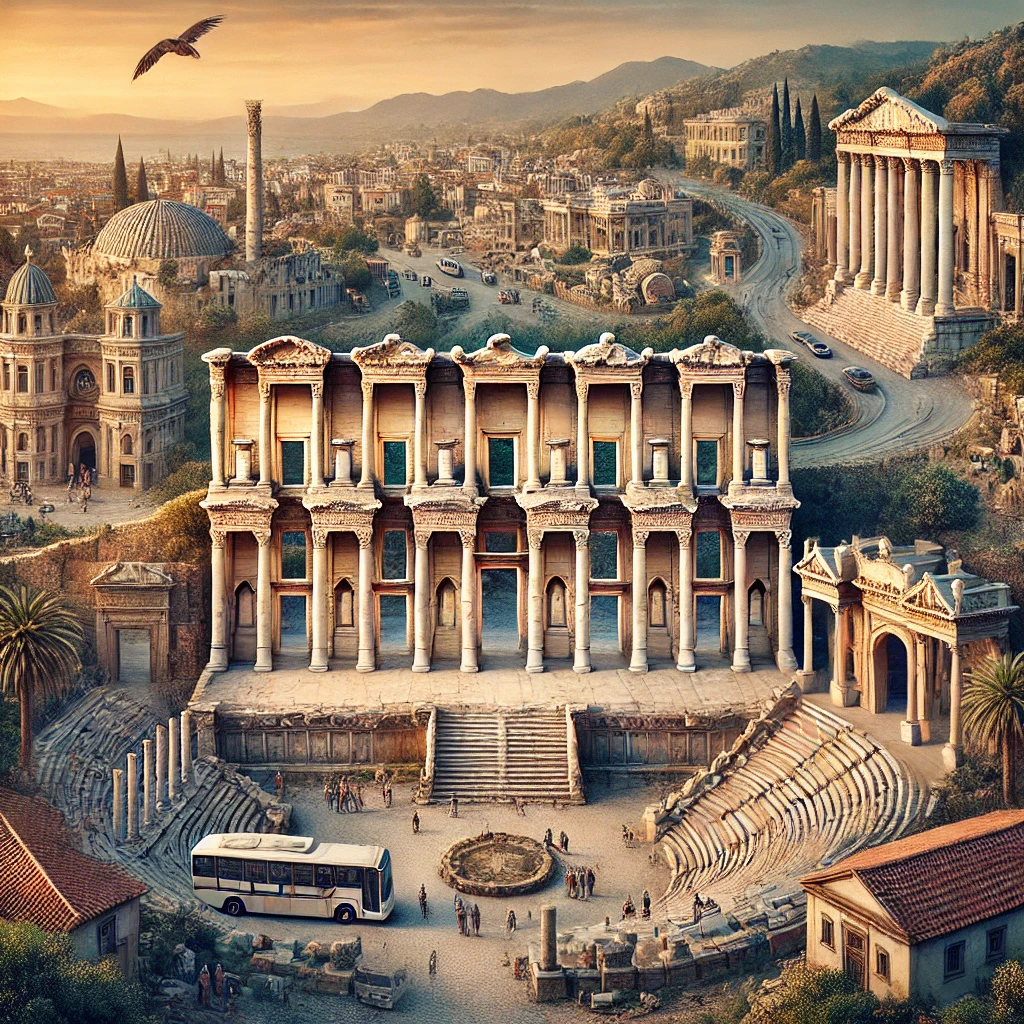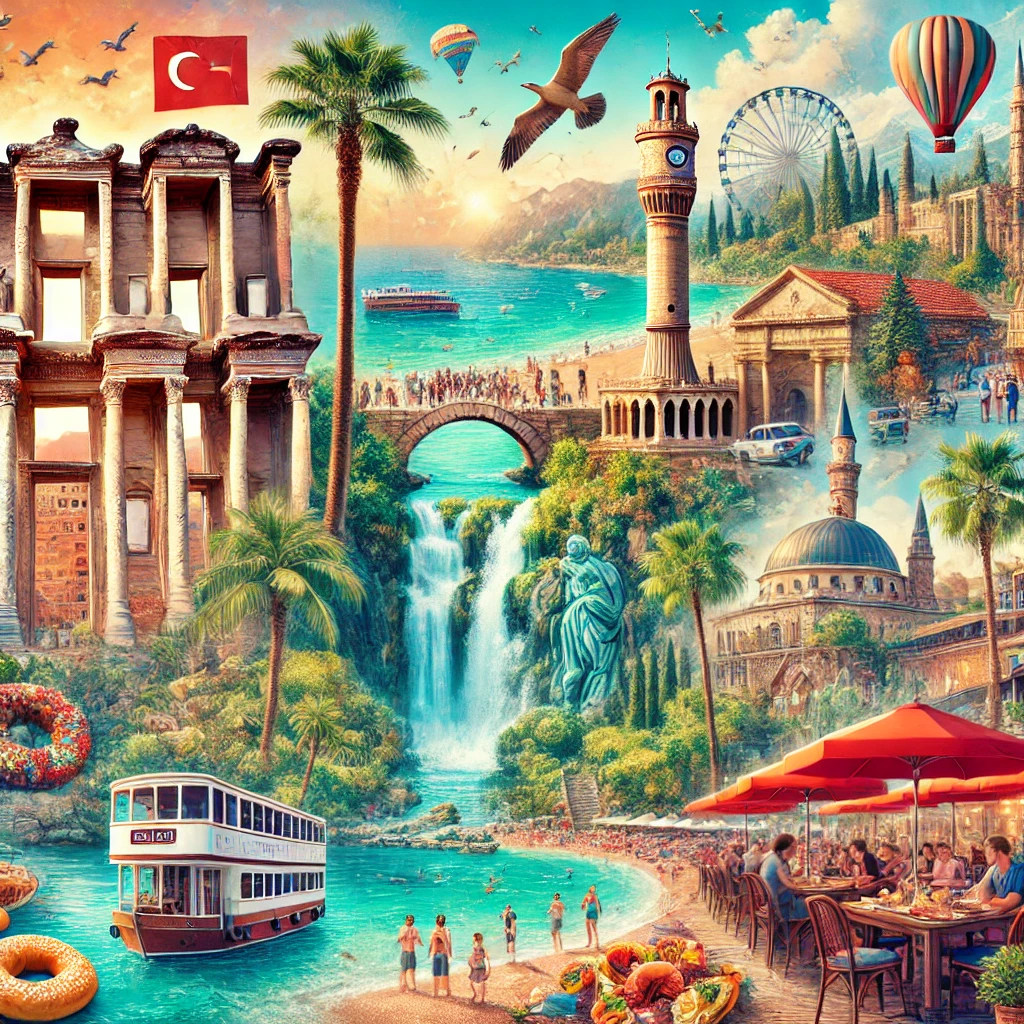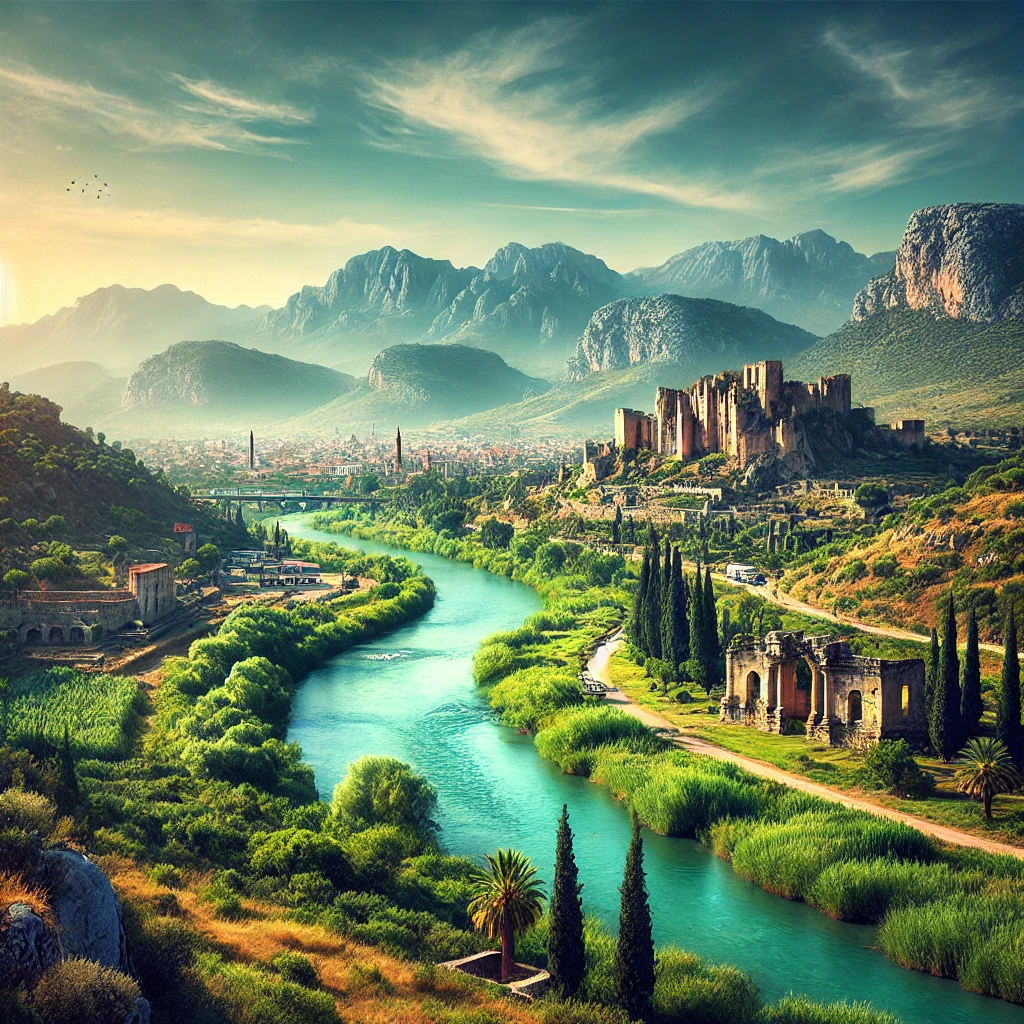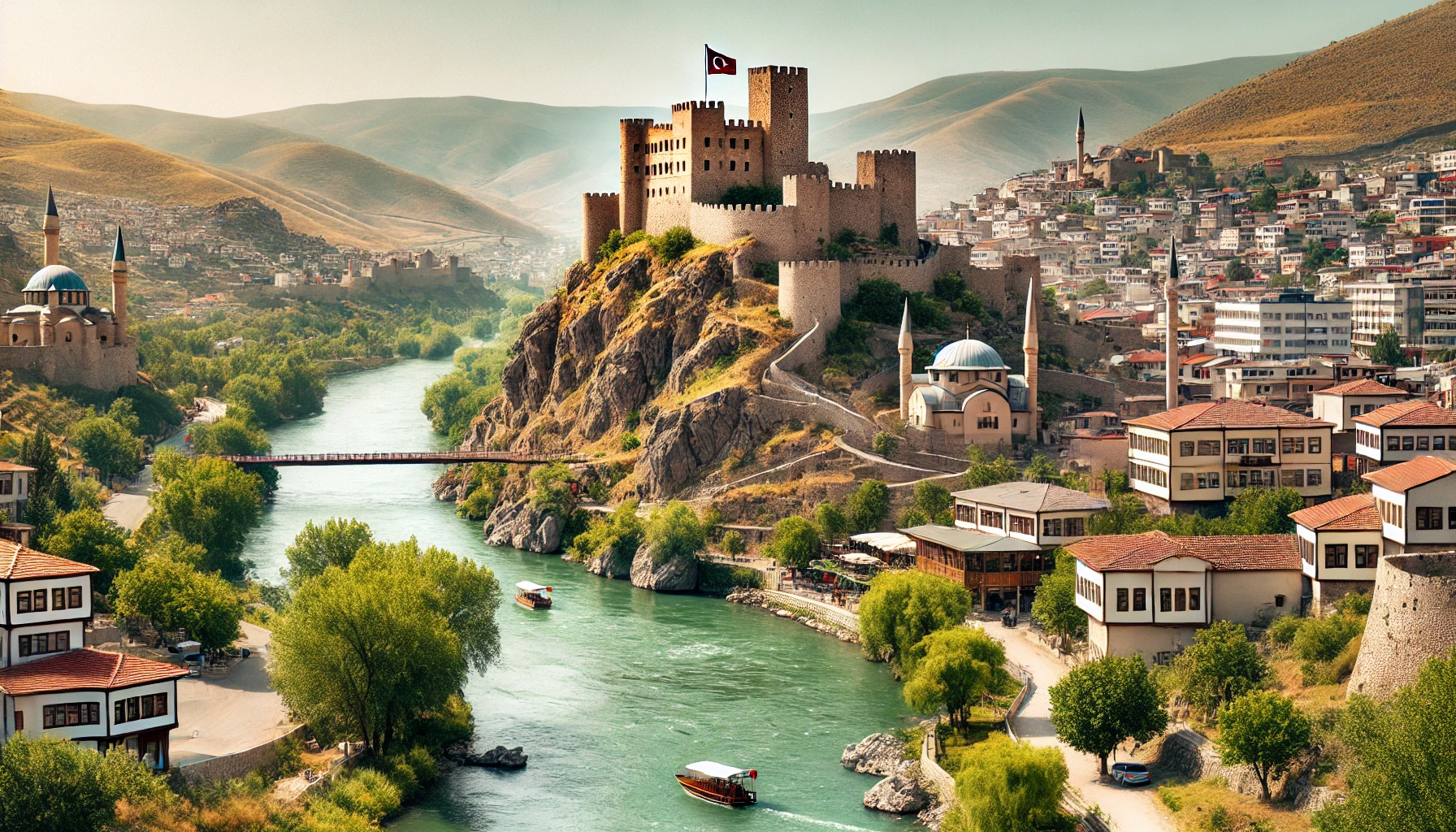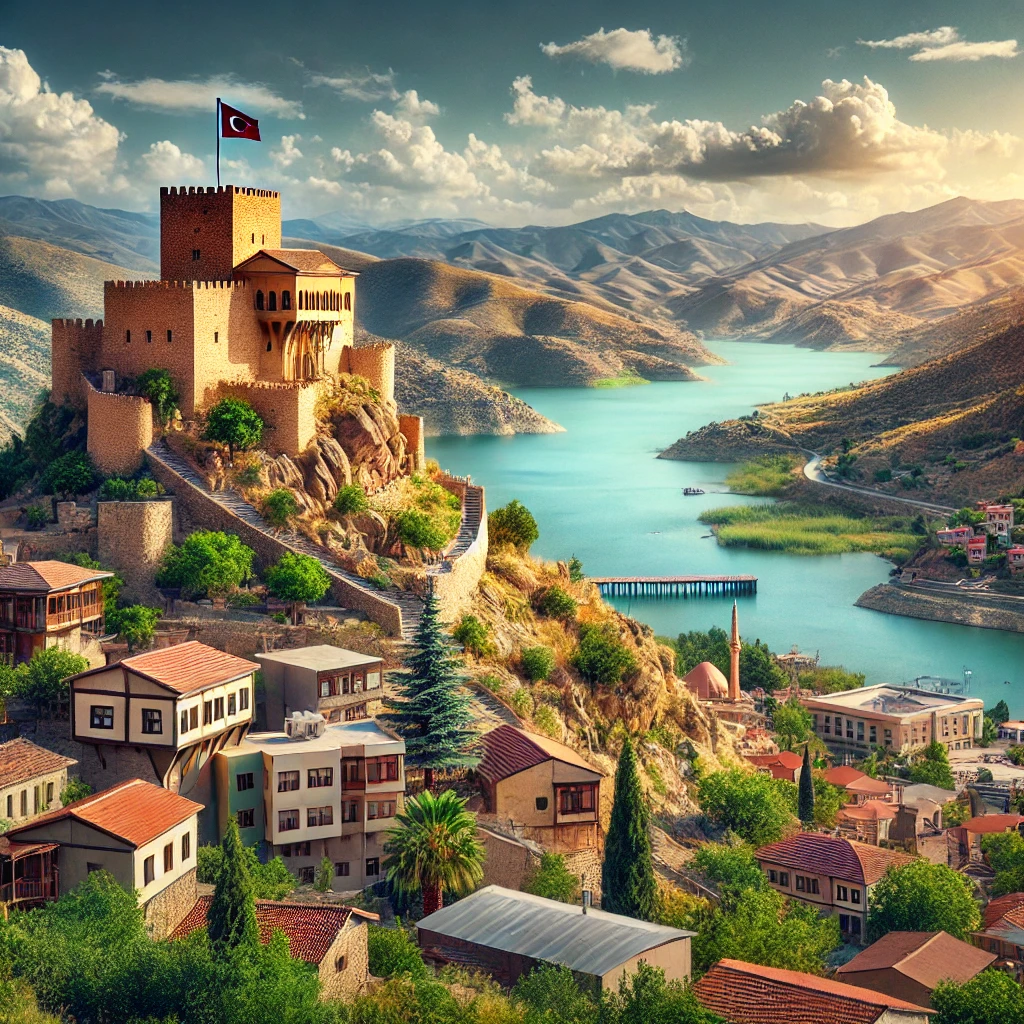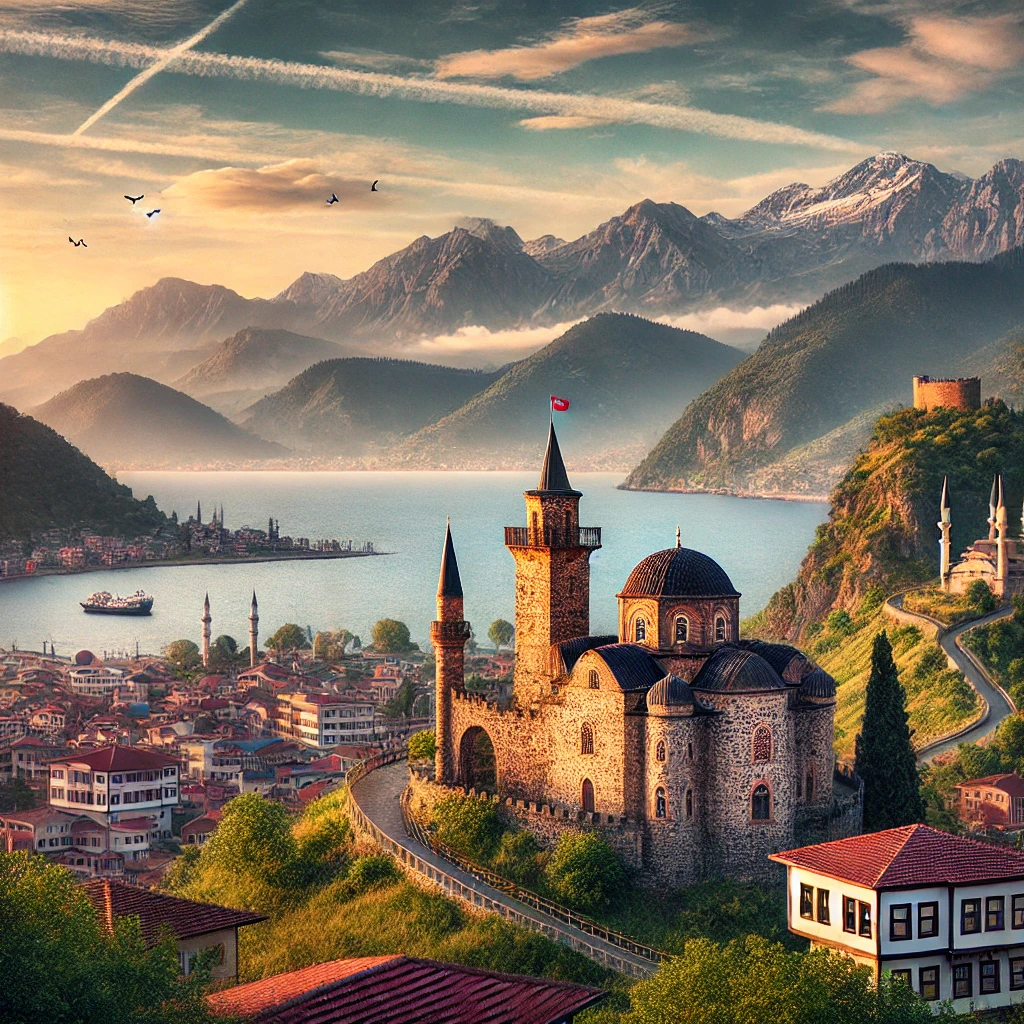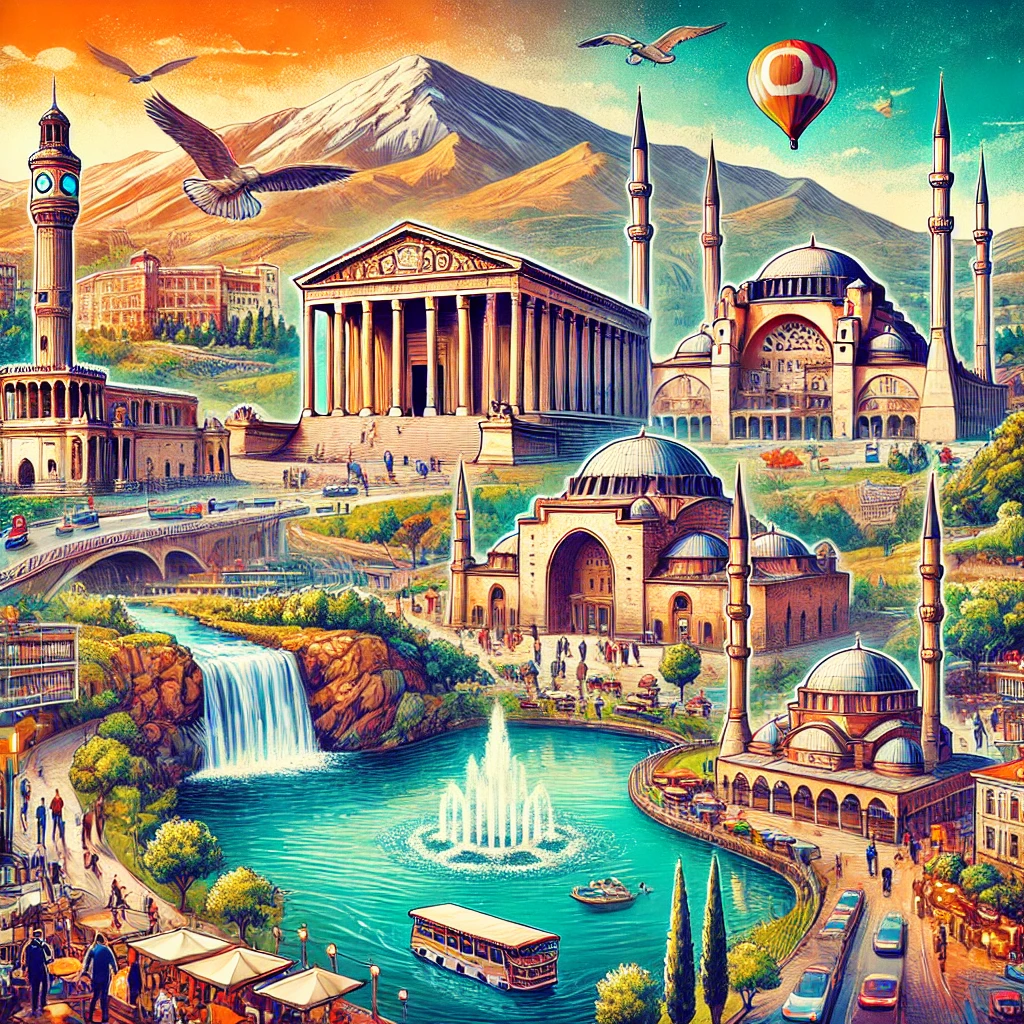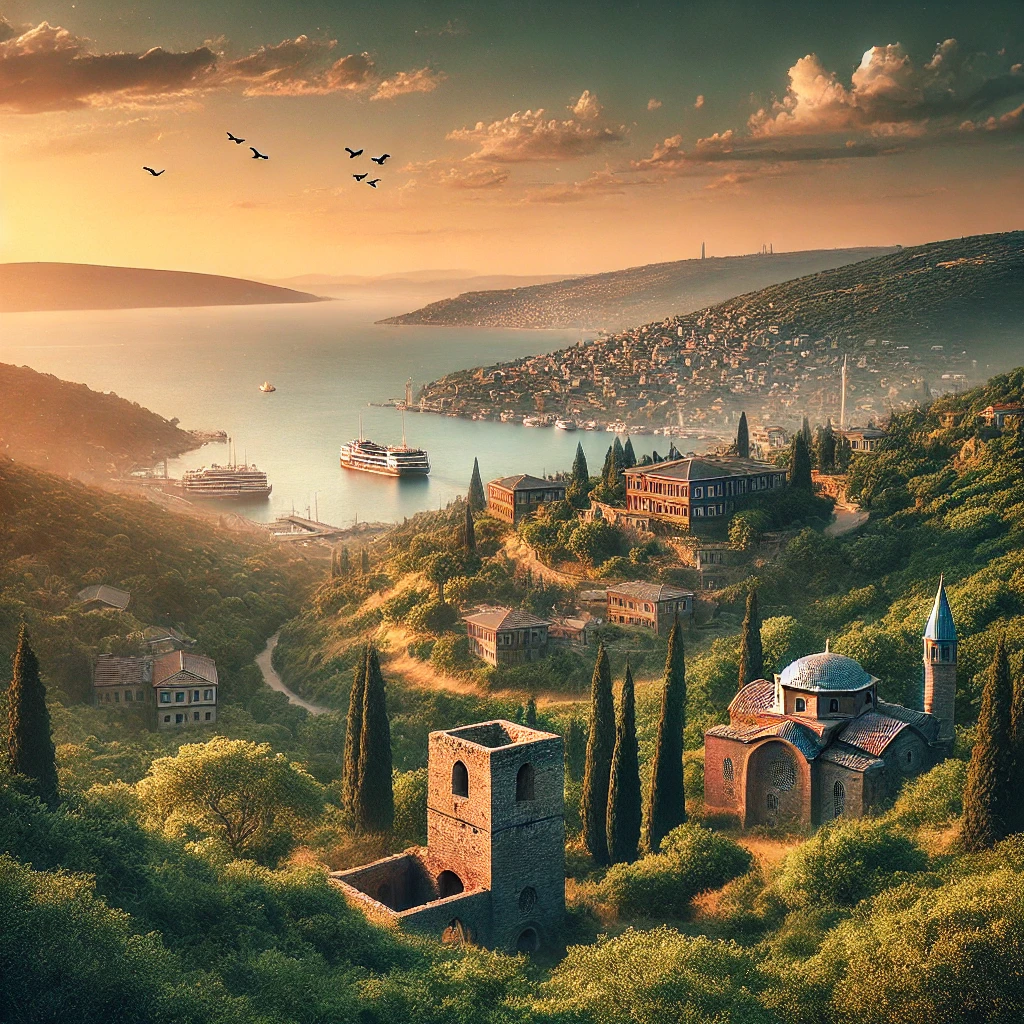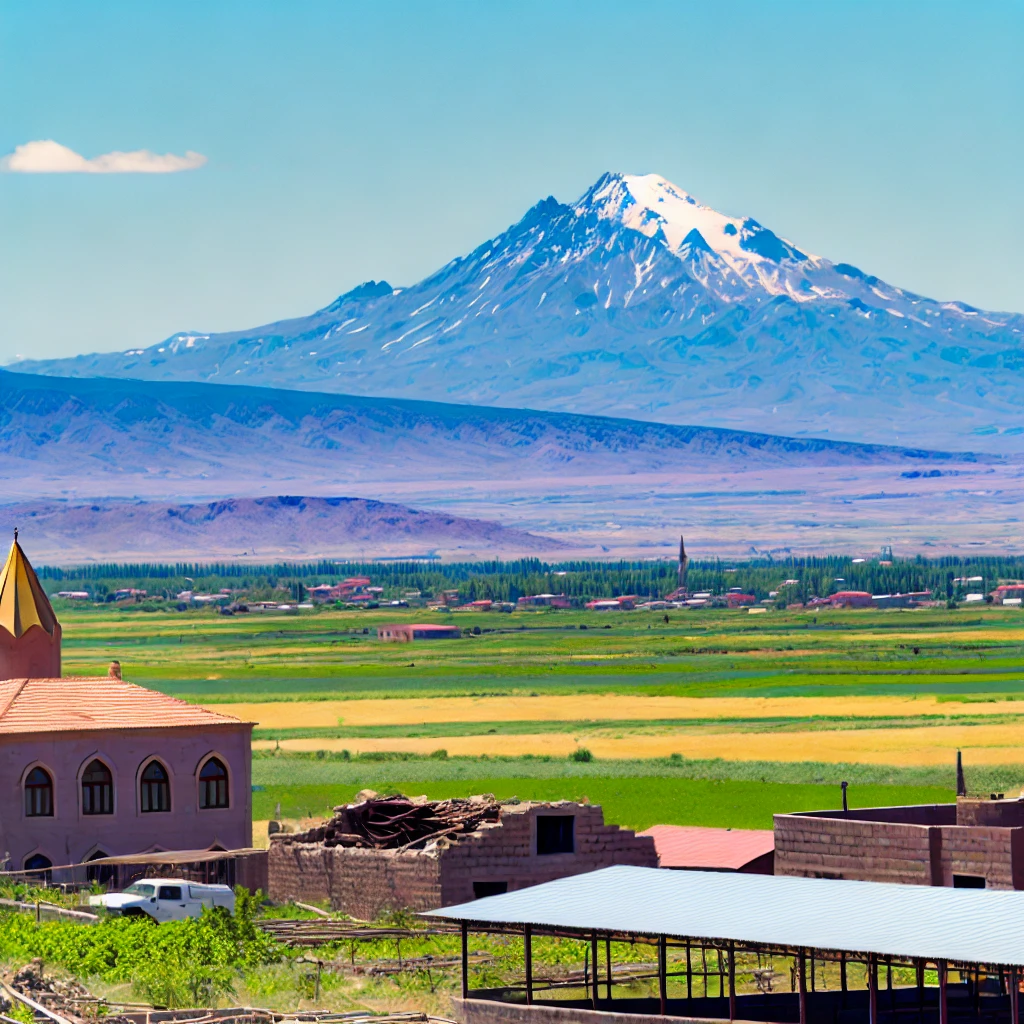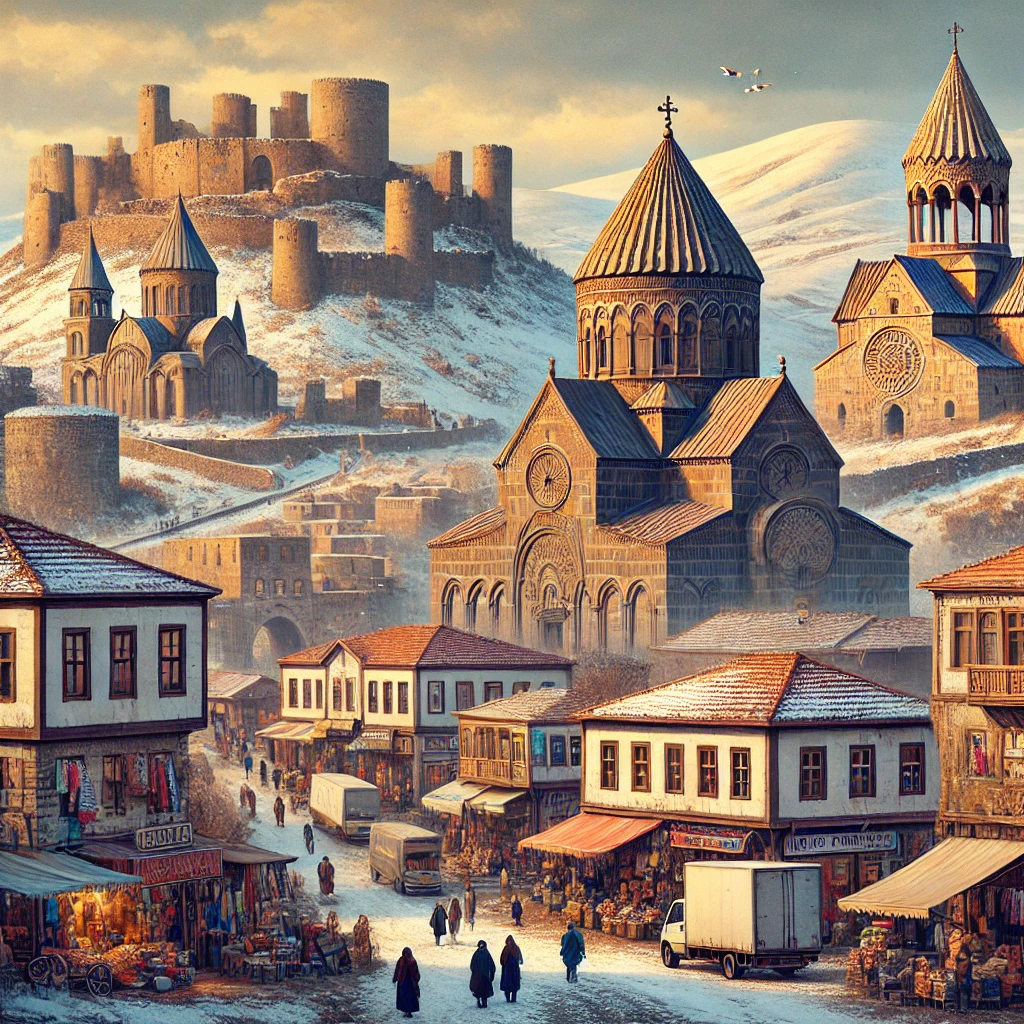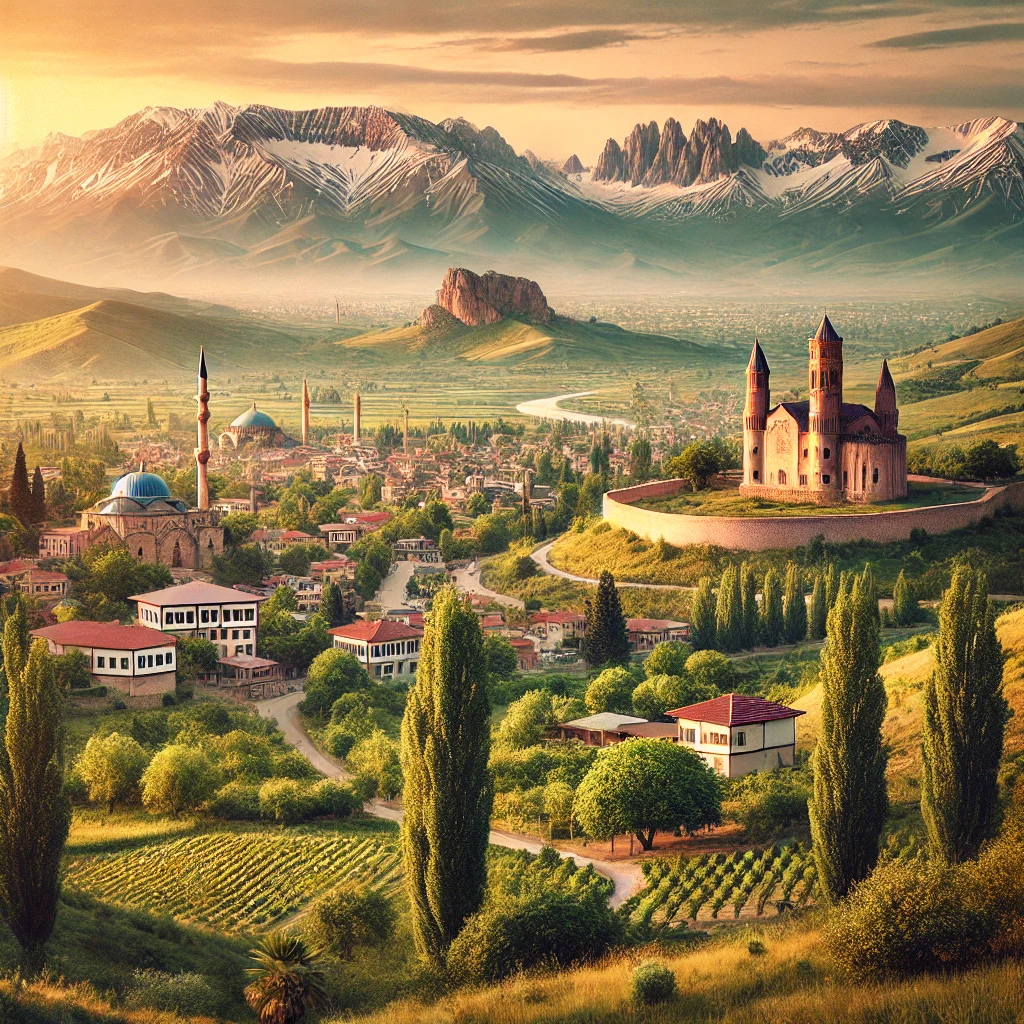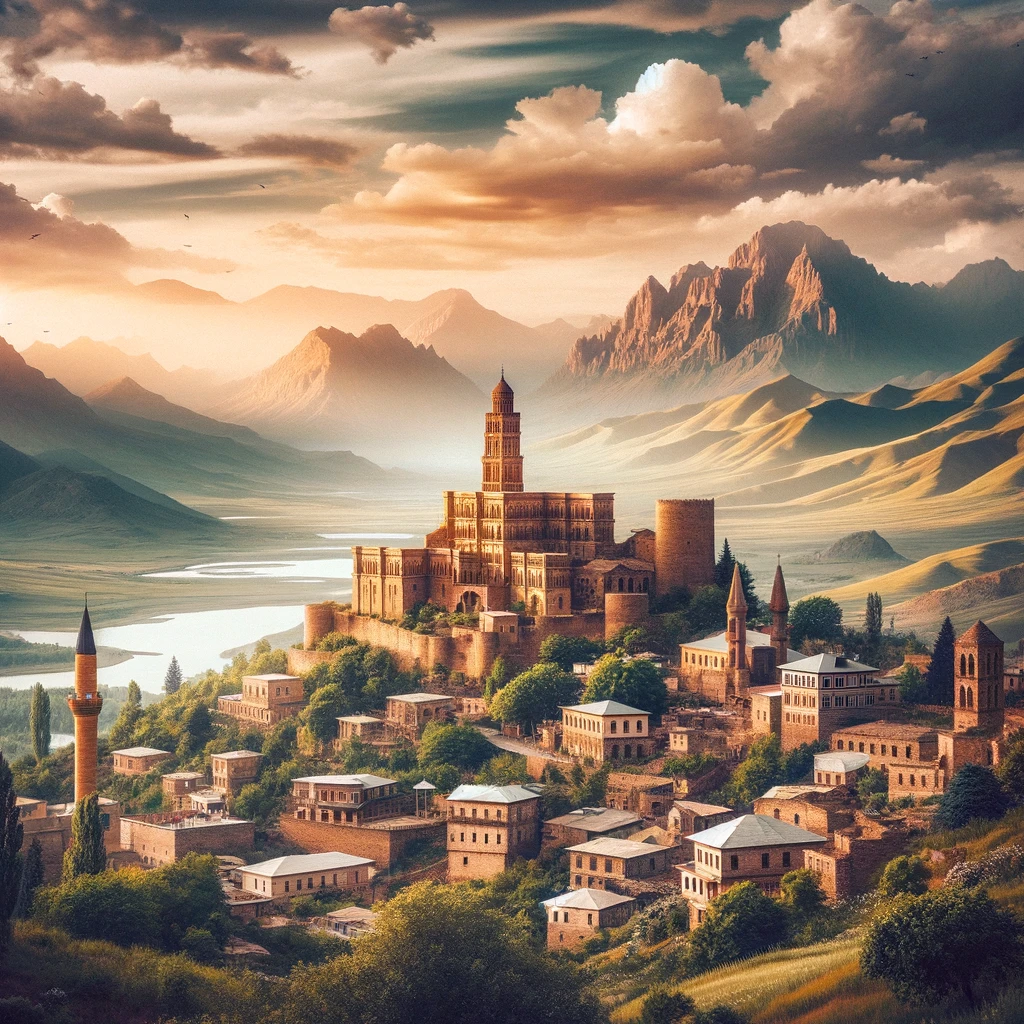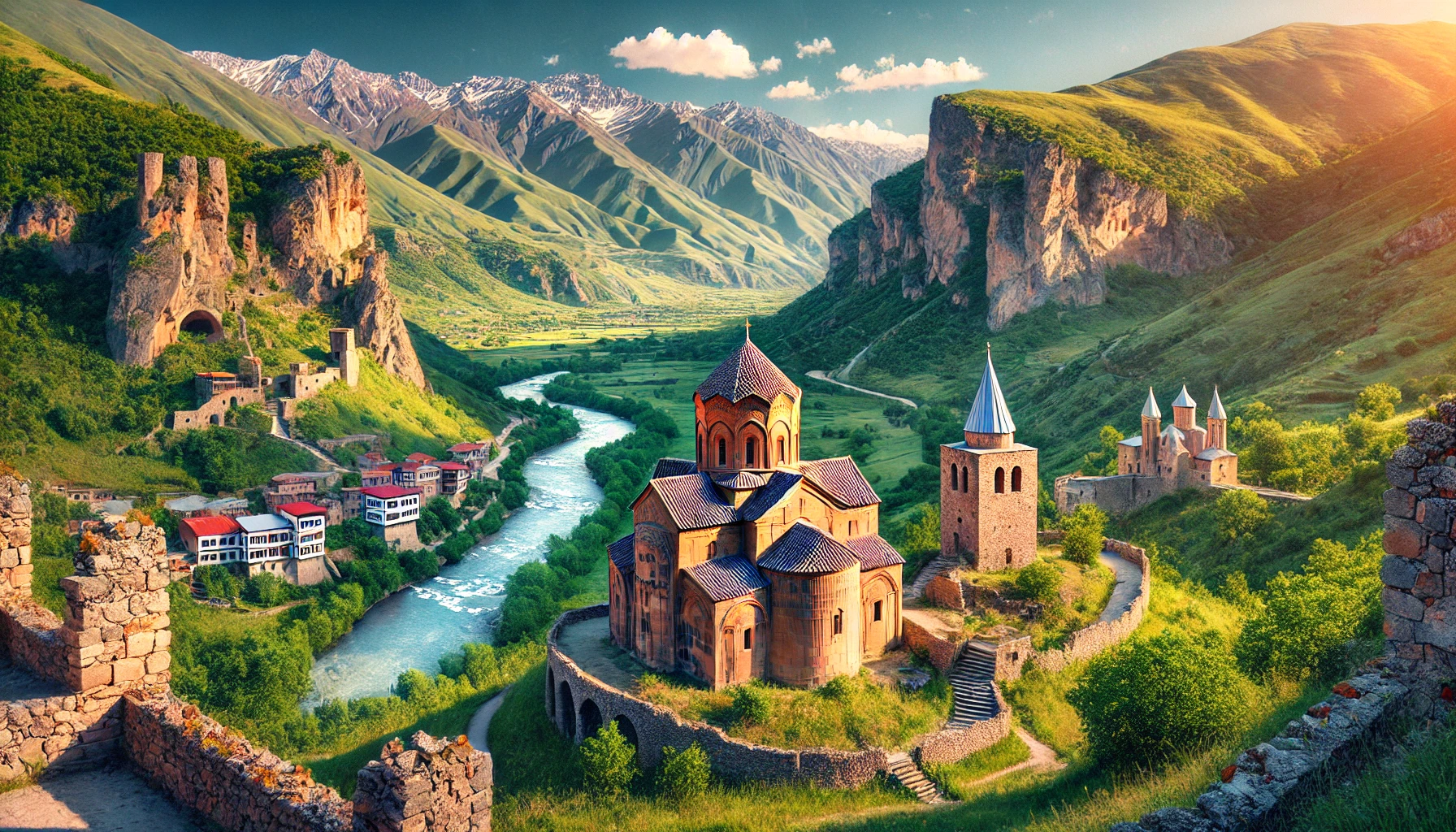Visit Perge: Discovering the Ancient Wonders of Turkey's Roman Heritage
Perge, an ancient city located near Antalya in southwestern Turkey, is renowned for its remarkable Roman ruins and historical significance. This archaeological gem offers a captivating glimpse into the past, showcasing the grandeur of Roman architecture and culture. In this listicle, we will explore the top attractions and experiences in Perge, ensuring you make the most of your visit to this extraordinary destination.
1. The History of Perge
Ancient Origins
Perge, also known as Perga, was originally founded by the Hittites around 1500 BC. It later became a prominent city in the Roman province of Pamphylia. Visiting Perge allows you to step back in time and explore the remnants of its ancient glory.
Roman Influence
Under Roman rule, Perge flourished as a major cultural and commercial center. The city is particularly famous for its impressive Roman architecture, including temples, baths, and public buildings that reflect the grandeur of the era.
2. The Perge Theatre
Architectural Marvel
The Perge Theatre is one of the most impressive structures in the ancient city. Built in the 2nd century AD, this Roman theatre could accommodate up to 15,000 spectators. Its grand design and excellent acoustics made it a prime venue for theatrical performances and public gatherings.
Stunning Views
The theatre offers stunning views of the surrounding landscape, providing a perfect backdrop for photography. Walking through the ruins, visitors can imagine the vibrant cultural life of ancient Perge.
3. The Perge Stadium
Athletic Competitions
The Perge Stadium, located next to the theatre, was a venue for athletic competitions and public spectacles. This large, oval-shaped arena could hold up to 12,000 spectators who gathered to watch events such as chariot races and foot races.
Historical Significance
The stadium’s well-preserved seating and track provide a glimpse into the athletic culture of ancient Perge. It’s a testament to the importance of physical fitness and entertainment in Roman society.
4. The Hellenistic Gate
Majestic Entrance
The Hellenistic Gate is the main entrance to Perge, dating back to the 3rd century BC. This grand gateway, flanked by two circular towers, served as a monumental entrance to the city and symbolized its wealth and importance.
Architectural Detail
The gate’s architectural detail, including its ornate carvings and inscriptions, reflects the artistic and engineering skills of the ancient builders. Walking through the gate, visitors can appreciate the grandeur of Perge’s urban planning.
5. The Roman Baths
Luxurious Bathing Complex
The Roman Baths of Perge are some of the best-preserved structures in the ancient city. These baths were an integral part of daily life, providing a place for relaxation, socialization, and hygiene.
Archaeological Insights
Exploring the ruins of the Roman Baths offers insights into the bathing rituals and lifestyle of the ancient Romans. The site includes well-preserved rooms for hot, warm, and cold baths, reflecting the elaborate nature of Roman bathing culture.
6. The Agora
Center of Commerce
The Agora was the commercial heart of Perge, serving as a bustling marketplace where merchants sold goods and conducted business. This large, open square was surrounded by colonnaded walkways and shops.
Historical Atmosphere
Walking through the Agora allows visitors to imagine the vibrant marketplace that once thrived here. The site’s well-preserved columns and stone pavements provide a glimpse into the economic life of ancient Perge.
7. The Nymphaeum
Fountain of the Nymphs
The Nymphaeum in Perge is a monumental fountain dedicated to the nymphs, deities of natural features such as rivers and springs. This elaborate structure was an important source of water for the city and a symbol of prosperity.
Artistic Beauty
The Nymphaeum’s ornate design and intricate carvings highlight the artistic achievements of ancient Perge. The fountain’s remnants offer a picturesque and tranquil spot for visitors to explore.
8. The Columned Street
Main Thoroughfare
The Columned Street, also known as the Cardo Maximus, was the main thoroughfare in Perge. This grand street, lined with columns and statues, connected the major public buildings and provided a central axis for the city.
Urban Planning
Walking along the Columned Street, visitors can appreciate the urban planning and architectural symmetry of ancient Perge. The street’s impressive scale and design reflect the city’s importance as a major Roman settlement.
9. The Basilica
Early Christian Site
The Basilica in Perge is a significant early Christian site, reflecting the spread of Christianity in the region. This large church, built in the 5th century AD, features impressive arches, columns, and mosaics.
Spiritual Atmosphere
Despite its ruins, the basilica retains a spiritual atmosphere, attracting visitors interested in religious history and early Christian heritage. The site is a reminder of Perge’s enduring significance as a religious center.
10. The Perge Acropolis
Ancient Citadel
The Acropolis of Perge is an ancient citadel located on a hill overlooking the city. This fortified area was used for defense and housed important public buildings and temples.
Panoramic Views
Climbing to the top of the Acropolis provides panoramic views of the surrounding landscape and the ancient city below. It’s a perfect spot for photography and offers a unique perspective on the layout and scale of Perge.
The Archaeological site of Perge
Ancient Perge, one of the chief cities of Pamphylia
Perge, the long-established city of Pamphylia region, is located 18 km east of Antalya and 2 km north of Aksu Village. The Archaeological site of Perge has been excavated systemically by Istanbul University since 1946.Perge is famous by the fact that when Saint Paul started his journeys, he visited Perge in 46 A.D. and preached his first sermon here. That’s why it became an important city for the Christians during Byzantine period.The first excavations began in 1946 by the Istanbul University, and they resulted in many important discoveries. A theatre exists there, consisting of three main sections: the seating, orchestra and stage. It held 12,000 spectators, with 19 rows of seats on the lower section, 23 on the top section, and a 52-metre stage.The stadium measures 34 square metres, with 13 rows of seats on top of the vaults. The eastern and western sides have 30 vaults each and the northern side has 10. For every three vaults there is an entrance to the stadium, and the other two were used as shops.
The Agora was the commercial and political centre of the city, with shops surrounding the central courtyard, some of which have mosaics on the floor.The agora measured 76 square metres, with a circular structure, in the centre with a diameter of 13.40 metres.
The colonnaded boulevard lies between the Hellenistic Gate and the nympheum on the slopes of the acropolis. On both sides of the street, 20 metres in width, are porticoes, some up to five meters high, behind which are shops. The street is divided into two, by a 2-metre wide water canal running through the middle.
Other structures include the necropolis, city walls, gymnasium, Roman Baths, memorial fountain and the Greek and Roman gates.
Conclusion: Exploring the Wonders of Perge
Visiting Perge is like stepping back in time, offering a unique opportunity to explore one of the ancient world’s most significant cities. From the grandeur of the Perge Theatre and the athletic competitions of the stadium to the bustling commerce of the Agora and the spiritual significance of the basilica, Perge is a treasure trove of historical and cultural wonders. Whether you’re a history enthusiast, an architecture lover, or simply a curious traveler, Perge promises an unforgettable experience.
For more information and to plan your trip, visit: Visit Perge
Latest Update: Jul 10, 2024
Your Content Goes Here
TAGS: Agora, ancient Perge, Columned Street, Hellenistic Gate, Nymphaeum, Perge, Perge Acropolis, Perge attractions, Perge Basilica, Perge history, Perge Stadium, Perge Theatre, Roman Baths, travel to Perge, visit Perge
Welcome to Antalya
A brief summary of the key points in this article.

